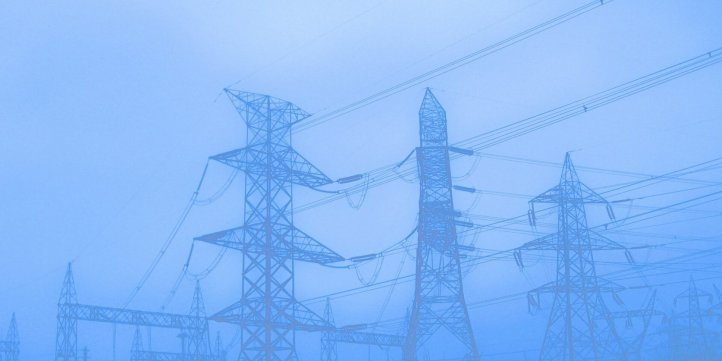Industry in Focus: Utilities

The Health and Safety Executive reports that more than 500,000 people are employed in the UK utilities industry today, with that figure increasing in response to the rising complexities of providing gas, electricity, and water to customers in a connected world. Right now, the utilities sector is experiencing highly disruptive change across many areas, so we thought we’d take a closer look at exactly what’s happening in 2020:
- Health & Safety
While the utilities sector has previously proven to be quite stable in terms of health and safety, HSE figures suggest that the 0.51 per 100,000 fatality rate throughout the 2017-2018 period was above the UK average. Additionally, around 4000 non-fatal injuries are reported within this sector every year, and 11,000 utilities workers are diagnosed with a work-related illness annually. Concerns are being raised that health and safety could become an increasingly worrisome aspect in the coming years as a result of an aging workforce and the need to work with an outdated and overcrowded network of pipes. We expect health and safety to become a bigger priority this year.
- Regulatory Change
In late 2019, proposals were drafted for the consideration of public ownership of utilities, moving gas, electric, and water away from private organisations and into the hands of the Government. And while this presents the potential for future regulatory risk, it also presents the potential for future safety risk. Should 2020 be the year that utilities are made public, then it is essential that plans are put into place to fully support the transition from a health and safety perspective, with a clear outline for how utility companies will be managed, how workers will be protected from identified risk, and how public sector management would successfully achieve similar levels of efficiency.
- Cyber Security
There is a rapidly emerging sector known as ‘IoT in Utilities’, and it’s a sector that’s estimated to be worth $53.8 billion by 2024. The Internet of Things is worming its way into the utilities industry with smart home technologies such as smart electricity meters and connected home appliances such as washing machines and thermostats. IoT in utilities certainly has its advantages, with communication across all components resulting in real time updates relating to uptime and maintenance. However, it also introduces new challenges to the industry, such as cyber security. Cyber security and a need to protect digital data is expected to cause a shift in priorities for utilities firms in 2020 and beyond.
- Future Proofing
One area that is fast becoming a priority for the utilities sector right now is future proofing. With the National Infrastructure Commission estimating that emergency responses to water shortages would cost twice as much as proactive measures, we can expect utilities to start looking further into the future and taking action now to secure strength in the future. Thames Water has already started future proofing measures with a recent proposal to invest more heavily in water infrastructure resilience, but another area we are expecting to see become more apparent is the use of incentives to reduce demand on resources and protect against potential shortages in the future.
Browse Wearwell’s collection of workwear for the utilities industry here.
-
Posted in
Industry in Focus






